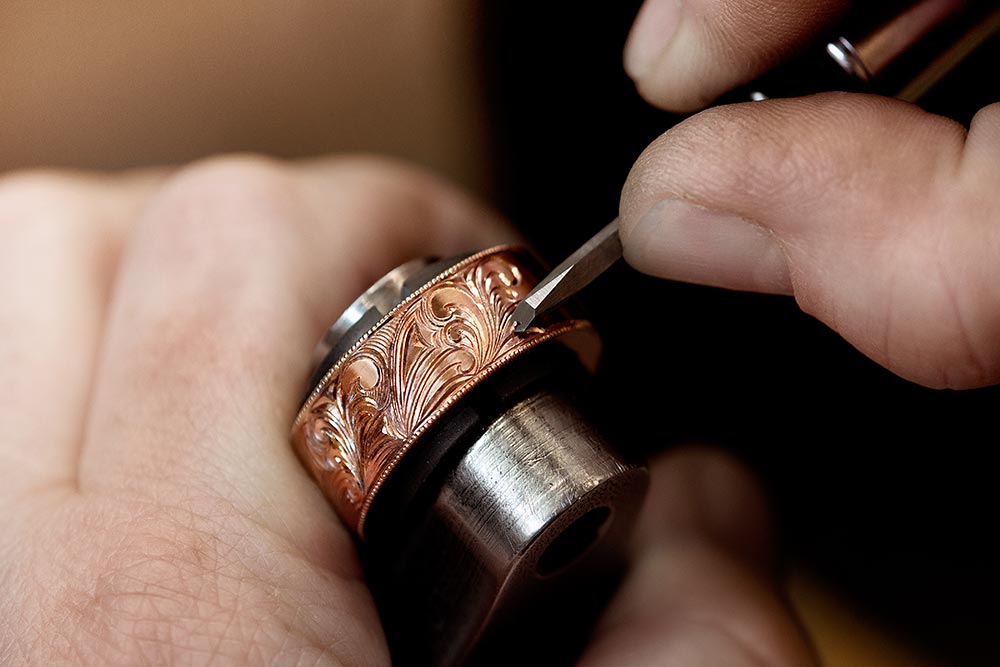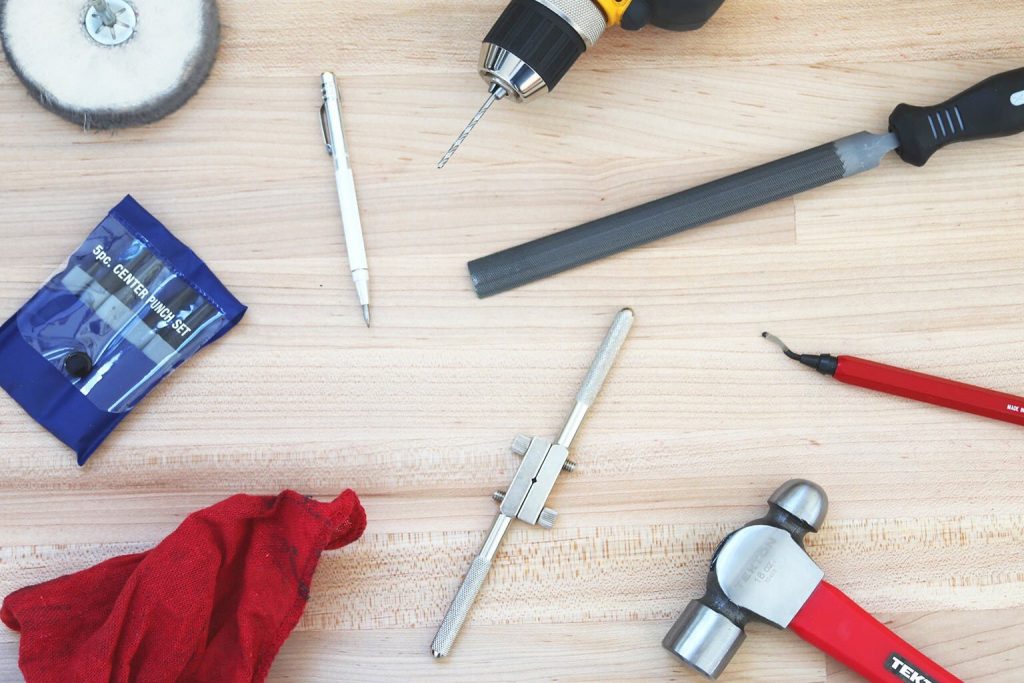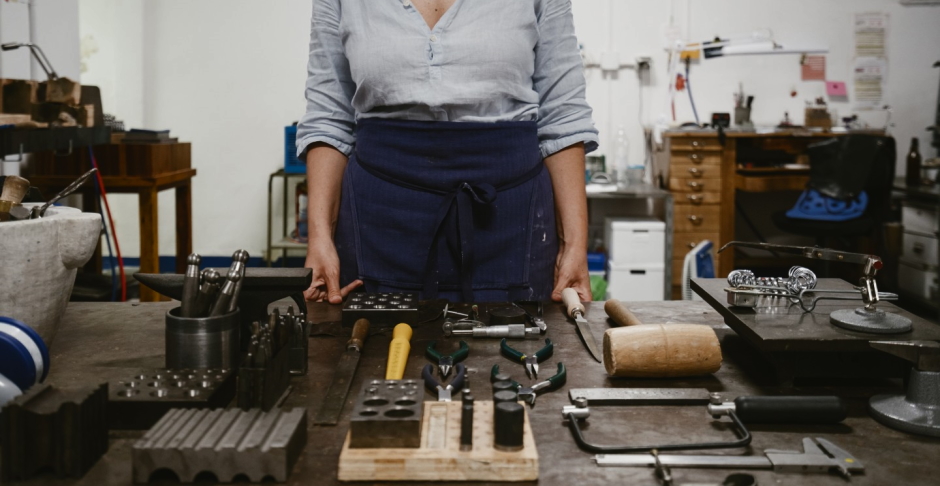When it comes to creating beautiful jewelry pieces, it’s not just about the design and craftsmanship. The finishing touches play a crucial role in enhancing the overall appearance and quality of the piece. Jewelry finishing techniques such as polishing, buffing, and oxidizing can transform raw metals into stunning creations, bringing out their luster, highlighting details, and adding depth and character.
In this article, we will delve into the world of jewelry finishing techniques, exploring the processes of polishing, buffing, and oxidizing, and how they contribute to the final aesthetic and durability of the jewelry.
Join us as we unlock the secrets to achieving professional-quality finishes for your handcrafted jewelry pieces.
Polishing
Polishing is a crucial step in jewelry finishing that involves smoothing the surface of the metal to achieve a high shine. Here are the key aspects of the polishing process:
- Surface Preparation: Before polishing, ensure that the surface is clean and free from any dirt, oils, or debris. Use a mild detergent or jewelry cleaner to remove any impurities and dry the piece thoroughly.
- Choosing Polishing Tools: Polishing can be done manually with abrasive materials such as polishing cloths, polishing papers, or polishing compounds. For larger pieces or more efficient results, motorized polishing machines equipped with different types of polishing wheels and buffs can be used.
- Polishing Technique: Apply the polishing compound or abrasive material to the polishing tool and gently rub it against the metal surface in a controlled, consistent manner. Use even pressure and avoid excessive heat generation, as it can damage certain metals.
- Gradual Progression: Start with a coarser abrasive and gradually move to finer ones to achieve a smooth, reflective finish. Ensure that each stage of polishing removes the scratches or imperfections left by the previous stage.
Buffing
Buffing is a technique that follows polishing and involves further refining the metal surface to achieve a flawless, mirror-like finish. Here’s what you need to know about buffing:
- Buffing Wheels: Buffing wheels come in various materials such as cotton, felt, or leather, and are attached to a polishing machine. Different types of buffs, such as loose buffs or sewn buffs, offer varying levels of stiffness and abrasiveness.
- Compound Selection: Buffing compounds are applied to the buffing wheel to facilitate the buffing process. Different compounds, such as tripoli, rouge, or zam, are suitable for specific metals and desired finishes.
- Buffing Technique: Apply the buffing compound evenly on the spinning buffing wheel. Gently press the jewelry piece against the rotating wheel, moving it back and forth to ensure consistent coverage. Maintain control and avoid excessive pressure to prevent overheating or damaging the piece.
- Final Buffing: As you progress through different buffing wheels and compounds, the metal surface becomes smoother and more reflective. Take care to remove all scratches or imperfections from the previous stages, achieving a flawless finish.

Oxidizing
Oxidizing is a technique used to darken or highlight specific areas of a jewelry piece to create contrast and add depth. This process involves the controlled application of chemical solutions or patinas to achieve the desired effect. Here’s what you should know about oxidizing:
- Surface Preparation: Ensure that the metal surface is clean and free from any oils or residues. Oxidizing works best on metals such as sterling silver, copper, or brass.
- Oxidizing Agents: There are various oxidizing agents available, such as liver of sulfur, which can be applied in liquid or solid form. These agents create a chemical reaction with the metal, causing it to darken.
- Application Technique: Apply the oxidizing agent using a brush, sponge, or immerse the piece in the solution, depending on the desired effect. Control the application to create variations in color intensity or highlight specific areas.
- Finishing and Sealing: After achieving the desired oxidation, rinse the piece thoroughly with water to remove excess oxidizing agent. Finally, seal the surface with a clear lacquer or jewelry wax to protect the finish and prevent further oxidation.
Polishing, buffing, and oxidizing are essential jewelry finishing techniques that transform raw metals into stunning works of art. The meticulous application of these techniques enhances the overall appearance, luster, and durability of the jewelry, ensuring a professional-quality finish.
From achieving a high shine through polishing to refining the surface with buffing and adding depth with oxidation, each step contributes to the final aesthetic of the piece.
So, whether you’re a jewelry enthusiast or a professional jeweler, mastering these finishing techniques will elevate your craftsmanship and allow you to create exquisite jewelry that dazzles and delights.



